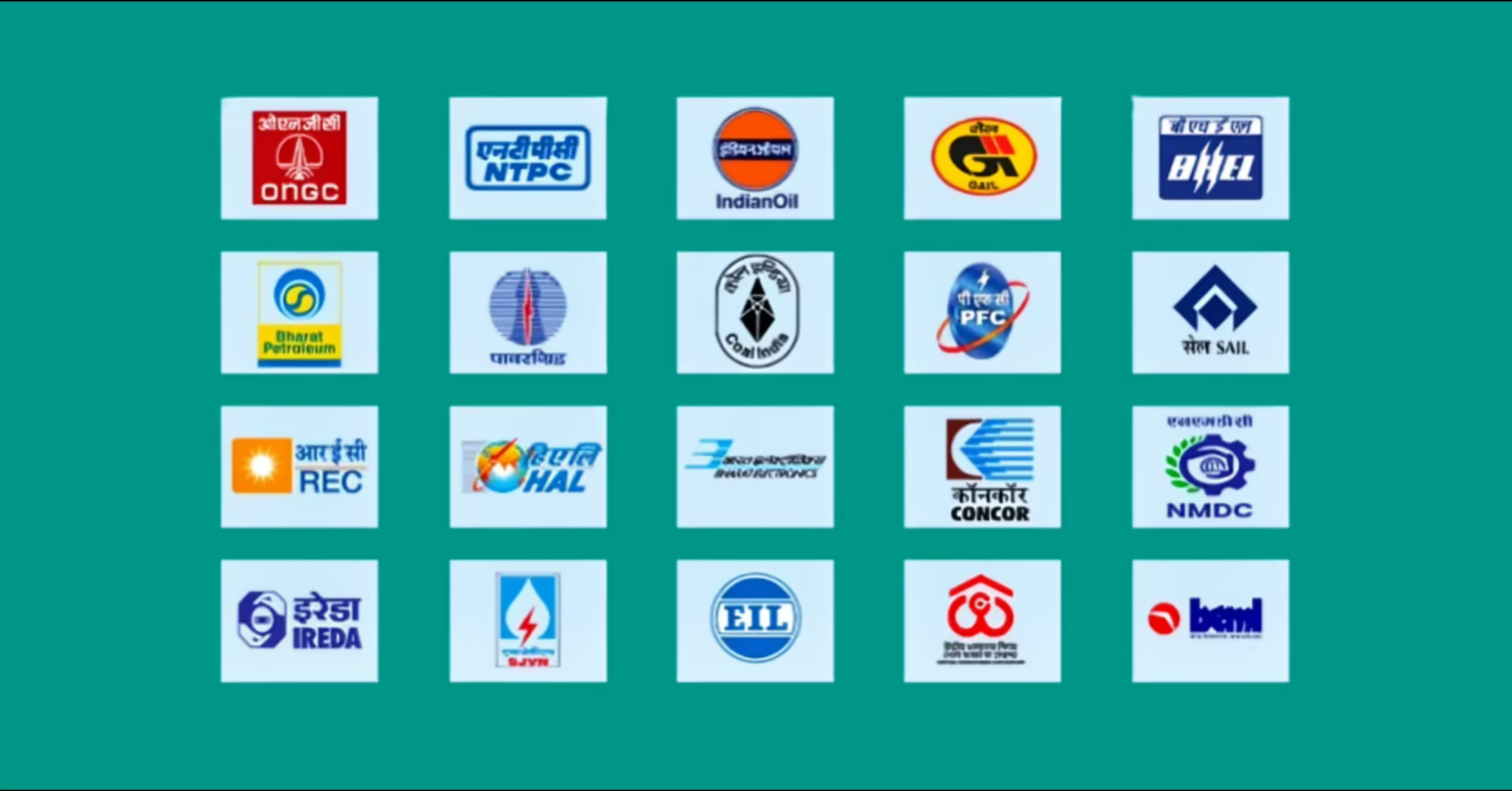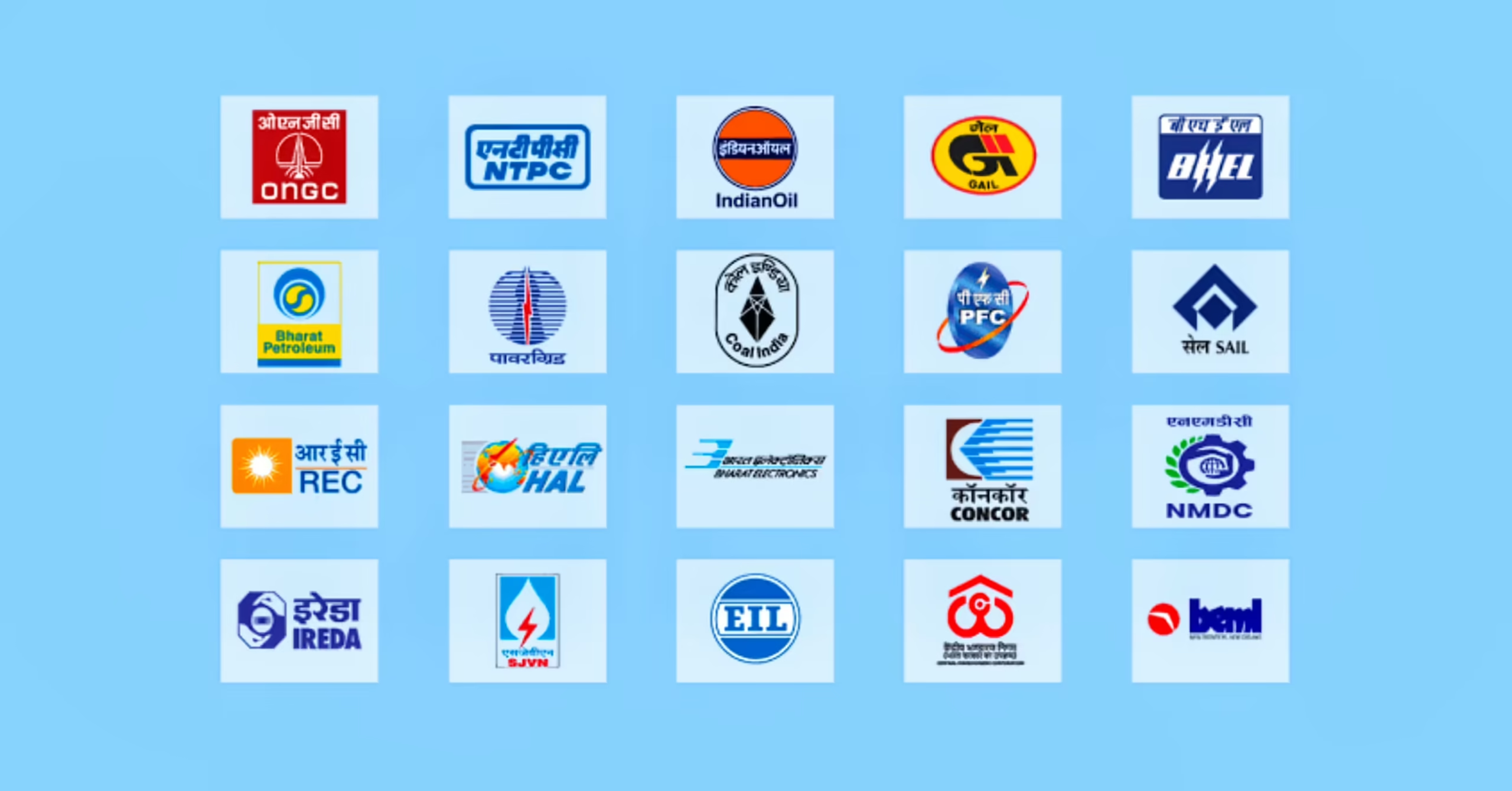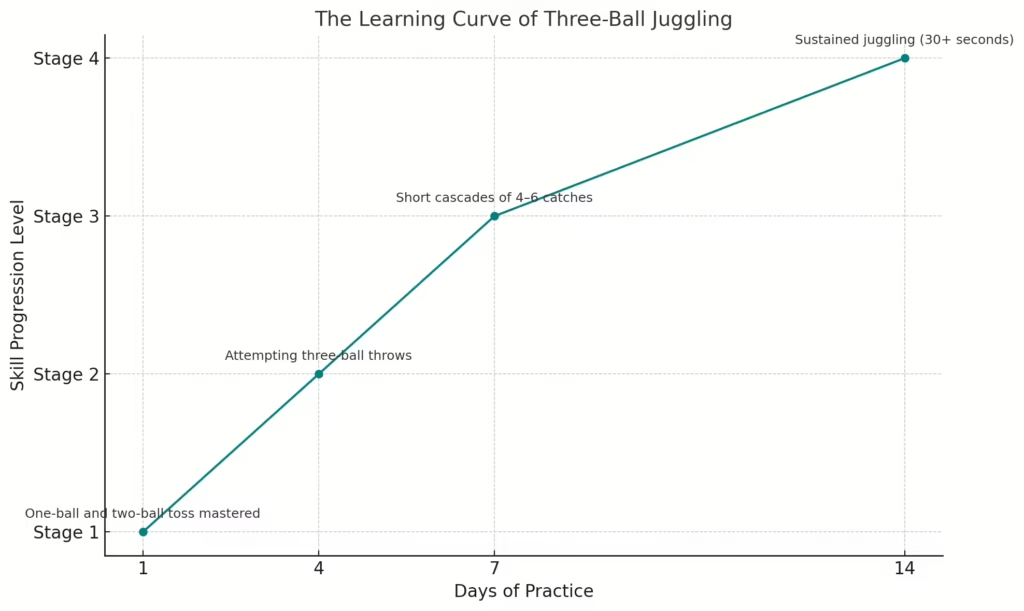In today’s world, learning is no longer confined to classrooms or books. With the internet, podcasts, and streaming platforms, we now have access to information in multiple forms—text, audio, and video. But which mode is the most effective for truly learning something new?
The short answer: it depends on the learner and the subject matter. The long answer takes us through the science of how our brains process information, the strengths and weaknesses of each medium, and why a blended approach often works best.
Text: The Traditional Powerhouse
Reading and writing have been the backbone of education for centuries. From ancient manuscripts to modern digital articles, text is still one of the most reliable learning tools.
Why Text Works
- Encourages deep focus and critical thinking.
- Easy to pause, reread, highlight, or annotate.
- Stores large amounts of precise information.
- Ideal for abstract or technical subjects (math proofs, philosophy, coding).
Limitations
- Requires strong reading comprehension.
- Can feel slow compared to video.
- Lacks emotional or sensory cues.
Best for: detailed study, reference material, long-term retention.
Audio: The Portable Teacher
Podcasts, audiobooks, and lectures have made audio learning more popular than ever. Humans evolved to process sound long before writing existed, so listening feels natural.
Why Audio Works
- Great for multitasking—learn while commuting, exercising, or cooking.
- Enhances memory through rhythm and tone (why we remember songs so well).
- Strong tool for language learning and storytelling.
Limitations
- Hard to skim or search specific details.
- Easy to lose focus without visuals.
- Not ideal for highly technical or visual material.
Best for: languages, history, motivational content, reinforcing familiar topics.
Video: Learning in Motion
Video combines text, sound, and visuals into one engaging format. Platforms like YouTube and educational apps have revolutionized how we learn practical skills and complex concepts.
Why Video Works
- Appeals to multiple senses at once (sight + sound).
- Great for demonstrations and processes (science experiments, art, surgery, coding tutorials).
- Keeps attention better than plain text or audio.
Limitations
- Can become passive if you don’t take notes.
- Harder to skim through compared to text.
- Depends on internet speed and screen availability.
Best for: hands-on skills, visual subjects, beginner-friendly learning.
The Science of Learning Modes
Cognitive psychology shows that the brain learns better when multiple senses are engaged. Two key ideas explain why:
- Dual Coding Theory: When we combine words (text/audio) with visuals (video/diagrams), our brain builds stronger memory connections.
- Multimodal Learning: Learning through more than one channel (reading + listening + watching) improves comprehension and retention.
Which Is Most Powerful?
There isn’t a universal “winner.” Instead:
- Text = Best for depth, precision, and long-term mastery.
- Audio = Best for flexibility, repetition, and language learning.
- Video = Best for engagement, practical skills, and visual-heavy topics.
The most powerful approach is blended learning—using text, audio, and video together in a structured way.
How to Combine Them Effectively
Here’s a simple strategy you can try:
- Start with Video → Watch a tutorial or lecture to get the big picture.
- Go to Text → Read articles, books, or notes for deeper understanding.
- Reinforce with Audio → Listen to podcasts or summaries while commuting.
- Summarize in Writing → Create your own notes or mind maps to lock it in.
This cycle uses all three modes and ensures maximum retention.
Final Thoughts
Text, audio, and video each play a unique role in learning. Instead of asking which is best, the smarter question is: how can I combine them for my learning goals?
If you want accuracy and mastery—go with text. If you want reinforcement—use audio. If you want clarity and engagement—watch video. But if you want the full power of learning, blend them together.
In the end, the strongest learner isn’t the one who sticks to one mode—but the one who adapts and uses them all.










